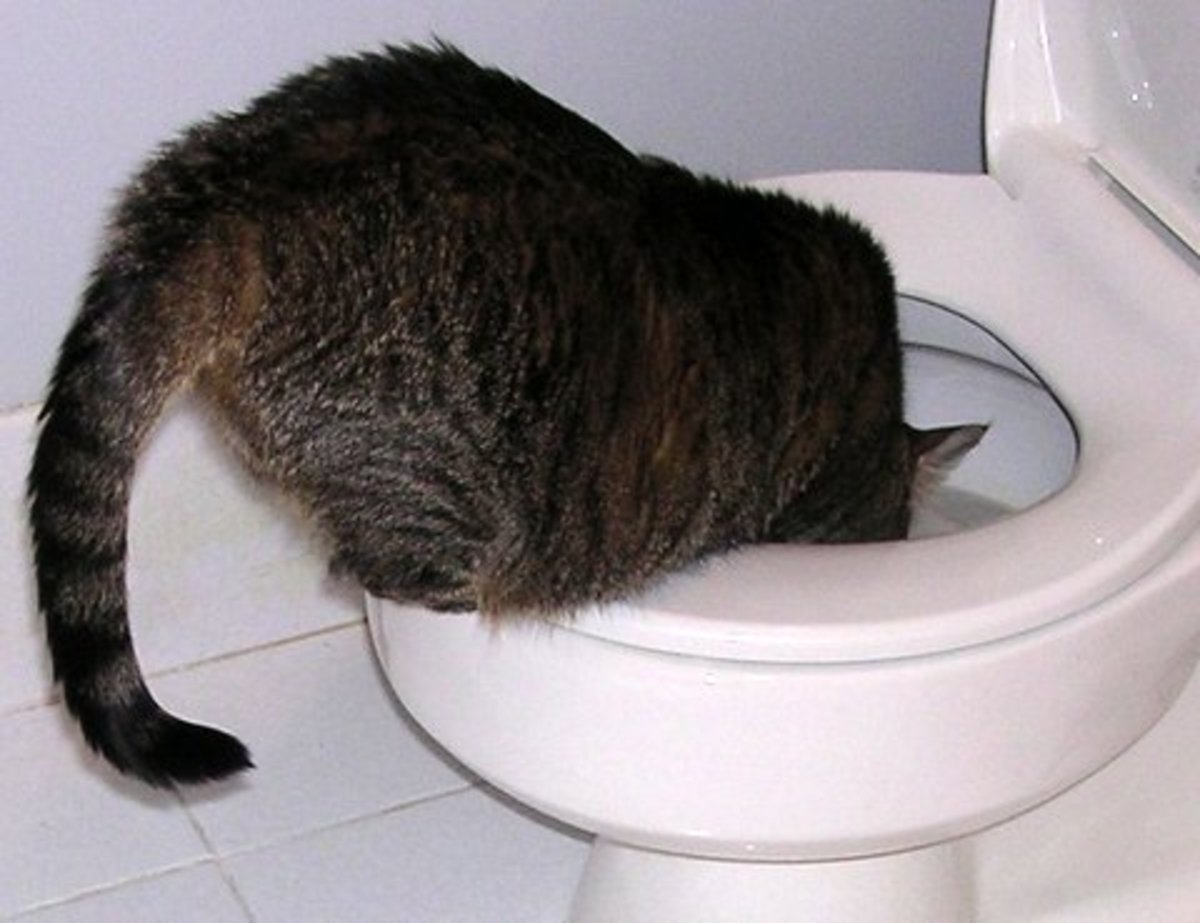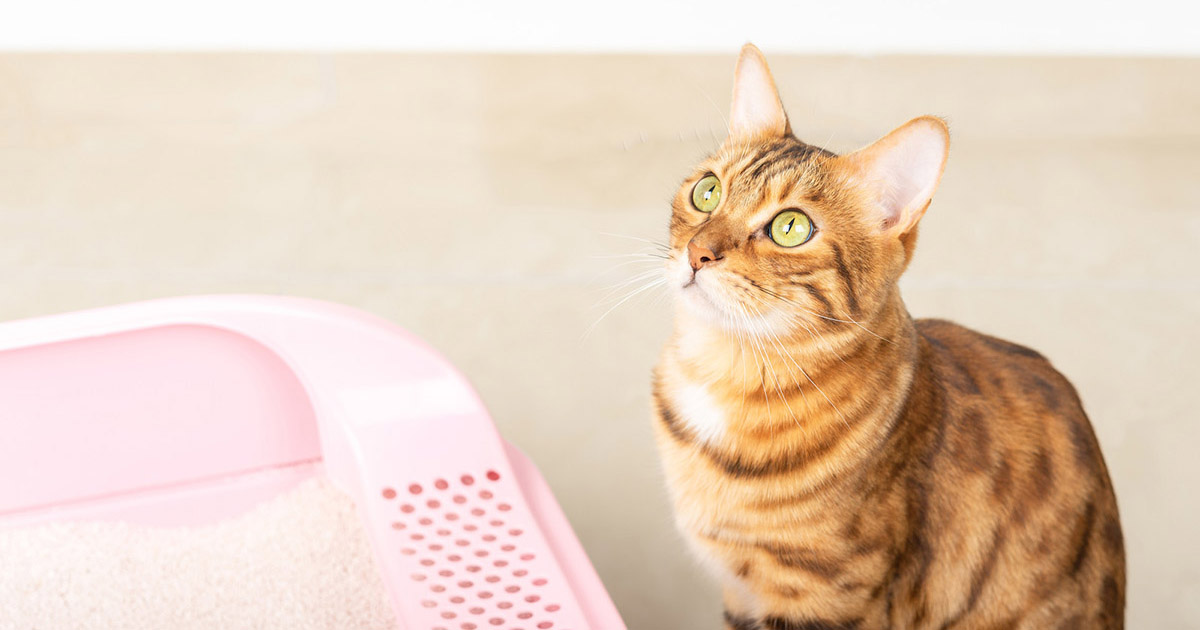Are you hunting for tips How to Dispose of Cat Poop and Litter Without Plastic Bags?

Intro
As pet cat owners, it's essential to be mindful of just how we deal with our feline good friends' waste. While it may appear practical to purge feline poop down the commode, this method can have destructive effects for both the setting and human health.
Ecological Impact
Flushing pet cat poop presents hazardous pathogens and bloodsuckers right into the water system, posturing a substantial danger to aquatic communities. These contaminants can negatively impact aquatic life and compromise water high quality.
Wellness Risks
Along with environmental concerns, purging cat waste can likewise pose health and wellness risks to people. Cat feces may have Toxoplasma gondii, a bloodsucker that can cause toxoplasmosis-- a possibly serious health problem, especially for expecting females and people with weakened body immune systems.
Alternatives to Flushing
The good news is, there are much safer and more accountable ways to get rid of cat poop. Think about the following options:
1. Scoop and Dispose in Trash
One of the most common approach of getting rid of pet cat poop is to scoop it into an eco-friendly bag and throw it in the trash. Make sure to use a dedicated clutter scoop and take care of the waste immediately.
2. Usage Biodegradable Litter
Opt for biodegradable cat clutter made from materials such as corn or wheat. These trashes are environmentally friendly and can be safely gotten rid of in the garbage.
3. Hide in the Yard
If you have a lawn, think about burying pet cat waste in a marked location far from veggie gardens and water sources. Be sure to dig deep adequate to stop contamination of groundwater.
4. Set Up a Pet Waste Disposal System
Purchase an animal garbage disposal system especially created for cat waste. These systems make use of enzymes to break down the waste, minimizing odor and ecological effect.
Verdict
Accountable pet possession expands beyond providing food and shelter-- it additionally involves correct waste management. By refraining from purging cat poop down the bathroom and going with alternative disposal techniques, we can decrease our environmental footprint and secure human wellness.
Why Can’t I Flush Cat Poop?
It Spreads a Parasite
Cats are frequently infected with a parasite called toxoplasma gondii. The parasite causes an infection called toxoplasmosis. It is usually harmless to cats. The parasite only uses cat poop as a host for its eggs. Otherwise, the cat’s immune system usually keeps the infection at low enough levels to maintain its own health. But it does not stop the develop of eggs. These eggs are tiny and surprisingly tough. They may survive for a year before they begin to grow. But that’s the problem.
Our wastewater system is not designed to deal with toxoplasmosis eggs. Instead, most eggs will flush from your toilet into sewers and wastewater management plants. After the sewage is treated for many other harmful things in it, it is typically released into local rivers, lakes, or oceans. Here, the toxoplasmosis eggs can find new hosts, including starfish, crabs, otters, and many other wildlife. For many, this is a significant risk to their health. Toxoplasmosis can also end up infecting water sources that are important for agriculture, which means our deer, pigs, and sheep can get infected too.
Is There Risk to Humans?
There can be a risk to human life from flushing cat poop down the toilet. If you do so, the parasites from your cat’s poop can end up in shellfish, game animals, or livestock. If this meat is then served raw or undercooked, the people who eat it can get sick.
In fact, according to the CDC, 40 million people in the United States are infected with toxoplasma gondii. They get it from exposure to infected seafood, or from some kind of cat poop contamination, like drinking from a stream that is contaminated or touching anything that has come into contact with cat poop. That includes just cleaning a cat litter box.
Most people who get infected with these parasites will not develop any symptoms. However, for pregnant women or for those with compromised immune systems, the parasite can cause severe health problems.
How to Handle Cat Poop
The best way to handle cat poop is actually to clean the box more often. The eggs that the parasite sheds will not become active until one to five days after the cat poops. That means that if you clean daily, you’re much less likely to come into direct contact with infectious eggs.
That said, always dispose of cat poop in the garbage and not down the toilet. Wash your hands before and after you clean the litter box, and bring the bag of poop right outside to your garbage bins.
https://trenchlesssolutionsusa.com/why-cant-i-flush-cat-poop/

I discovered that review on How to Dispose of Cat Poop and Litter Without Plastic Bags while scouting around the search engines. Remember to take the time to distribute this blog entry if you appreciated it. Thank you so much for taking the time to read it.
Book A Service Call